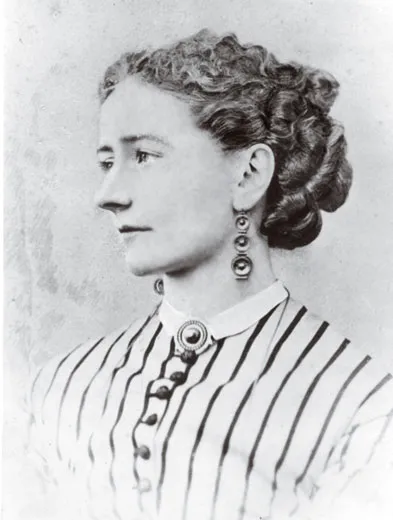Dickens’ Secret Affair
Biographer Claire Tomalin’s literary sleuthing revealed the untold story of the famed author’s “invisible woman”
/https://tf-cmsv2-smithsonianmag-media.s3.amazonaws.com/filer/Charles-Dickens-Secret-Affair-Ternan-631.jpg)
In 1953, when future biographer Claire Tomalin was studying English literature at Cambridge, she came across intriguing references to a figure named Ellen “Nelly” Ternan, a stage actress of minor reputation. Edmund Wilson’s essay about Charles Dickens, “The Two Scrooges,” and Edgar Johnson’s distinguished two-volume biography, Charles Dickens: His Tragedy and Triumph, “both mentioned this girl hanging about [the author], and they were both scathing about her,” Tomalin recalls, sipping tea at a café near her home in Petersham, Surrey. “She was [described as] this mercenary, who made Dickens’ kids unhappy, but to whom he seemed very attached. I sensed there was a story there.”
Three decades later, Tomalin, then literary editor of the Sunday Times, mentioned her interest in Ternan to David Parker, curator of the Dickens Museum in London. He encouraged her to write Ternan’s biography, adding, “I’ll give you whatever help I can.”
Tomalin spent the next few years piecing together clues in letters, address books, diaries and photographs—some held in the Dickens Museum—as she traced the arc of the secretive 13-year liaison between the great author and the actress. The result was her celebrated 1991 book, The Invisible Woman: The Story of Nelly Ternan and Charles Dickens, the only biography of the shadowy figure, who, Tomalin wrote, seemed to have “vanished into thin air,” although she had “played a central part in the life of Dickens.”
Ternan met Dickens in 1857, when she, her mother and sisters were actors in a play he was producing. Dickens was 45; Ternan was 18. Anxious to preserve his image as a pillar of Victorian morality, Dickens purchased a house for her near London, where he visited her secretly. Dickens seemed both to revel in and regret the affair.
Dickens and Ternan apparently destroyed all correspondence between them. The “lack of the letters was heartbreaking,” Tomalin says, but “there was plenty of material,” including details about Ternan in missives by Dickens’ children: Both his son Henry and daughter Katey, for example, “confirmed that [the couple] had a child, and it died.” Tomalin believes that Nelly and the child, said to be a boy who did not survive infancy, had been sequestered in France.
In 1876, six years after Dickens’ death, Ternan, then 37, married a clergyman 12 years her junior; they had two children, neither of whom learned of the relationship with Dickens until long after their mother’s death.
Having been rescued from obscurity by Tomalin, Ternan is about to take center stage a second time; Ralph Fiennes will direct and star in a film adaptation of The Invisible Woman, with Felicity Jones in the title role; it will begin shooting perhaps this spring.
/https://tf-cmsv2-smithsonianmag-media.s3.amazonaws.com/accounts/headshot/Screen_Shot_2021-09-15_at_12.44.05_PM.png)

/https://tf-cmsv2-smithsonianmag-media.s3.amazonaws.com/accounts/headshot/Screen_Shot_2021-09-15_at_12.44.05_PM.png)